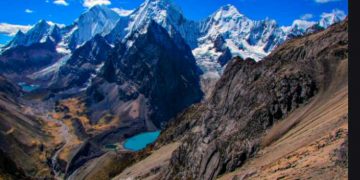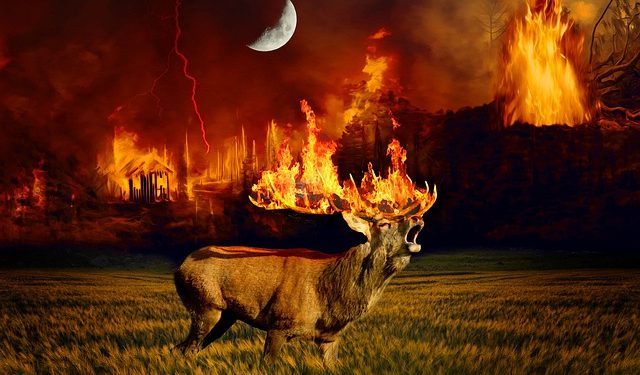It is said, “A good fire will clean the house and make the heart grow fonder”. This statement could not be truer for those who have experienced Australian Wildfires. A lot of people have lost their lives in the past, and many more have lost their homes in the infrequent bushfire outbreaks. These occurrences are infrequent, but they do happen.
The occurrence of bushfires is mostly dependent on the season. For example, they are very common during summer. When the bushfires rage, they tend to burn more intensely and for a longer period of time. The winds pick up the flames and send them in all directions. In doing so, they also spread out more fuel. This results in a chain reaction that can result in more intense burning, with the end result being that entire neighborhoods have been scorched.
There is little that can be done to protect against the wind, although it seems to have an effect on the Australian Wildfires more than anything else. Many homes have been destroyed by these fires, in some instances with entire villages burnt down. Homes and businesses are required to flee to the bush and either starve or get burned to the ground. The wind is so strong, and the rain is too inconsistent, that many people have perished in this way.
Another thing to consider is the type of bushfires. Australia experiences wet bushfire seasons. This is when fires are most prevalent. The winds blow in from the southeast, driving the hot coals of the fire farther into the environment. The wind, and the resulting heat, often cause the fires to spread in an extremely rapid manner.
It is this kind of extreme weather event that Australian Wildfires tend to favor. They tend to destroy everything in their path, and in doing so, they also cause immense structural damage to the properties. As a result, homes, and businesses are required to evacuate their locations in order to prevent the spread of the fire. The Australian Wildfires are considered one of the biggest environmental disasters in history.
The reason for the Wildfires is, naturally, that the environment is not prepared for them. There is no “fire disaster plan” in place in Australia. No one knows what kind of fire they might have, and how far they could spread. This means that most firefighters in Australia are either ill-prepared underfunded or too overwhelmed to act when the Wildfire arrives. This is the primary reason why so many homes and businesses are damaged, in addition to people being killed.
Fortunately, there is a plan in place, but it is not widespread enough to catch everyone off guard. Only twenty percent of the Wildfire’s load can be contained within the five Regional Fire Controllers Areas (RFCA). The rest is spread out across the nation. The majority of Australian citizens live in areas of low-risk or medium-risk fire hazards. But despite these precautions, the risk is always there.
The good news is that the Australian Wildfires can be contained, and more importantly, the threat can be mitigated. A number of ideas, both government and non-government, are available to help mitigate the Wildfire’s effects. These include creating improved fire protection policies, installing smoke detectors in all homes and businesses, and creating fire hazard maps and fire plan templates. If you are part of the Australian community and its wider society, then this is your chance to make a difference by making your voice heard.
The worst part about these fires is not the loss of life and damage to structures. The real loss is in livelihood. Many people have lost their jobs or been laid off due to the Wildfire, and with the way the economy is faltering, not only is the pain taking its toll on families, but it is hitting individual lives as well. It has resulted in the closure of businesses and even entire communities. The cost to rebuild and live in these areas is enormous, which is why the Wildfires are taking a heavy toll on Australia’s economy. The long-term costs are not known, but they will run into millions of dollars.
The good news is that the Federal Government and all levels of government have a role to play in preventing further Wildfire devastation. One key component of this is creating regional plans for prevention. By coordinating with state and territory governments, the common goal is to protect the integrity of our Carbon Pollution Trading scheme, while also protecting the interests of local business and labor. Another component of prevention is education. Through the media and online awareness campaigns, the public is urged to take action to stop the spread of these fires. This includes using practical fire safety tools, as well as being aware and conducting emergency preparedness whenever possible.
While there is much that can be done to prevent Australian Wildfires, we cannot leave everything up to Mother Nature. You can help by making sure that your home and business are as safe as possible. Fire prevention can begin with a few simple and easy steps. It doesn’t have to cost a lot of money, and it doesn’t need to take long. What it does need is just a bit of thought, and taking the time to get educated on what is going on now and what can be done to stop it going.






























